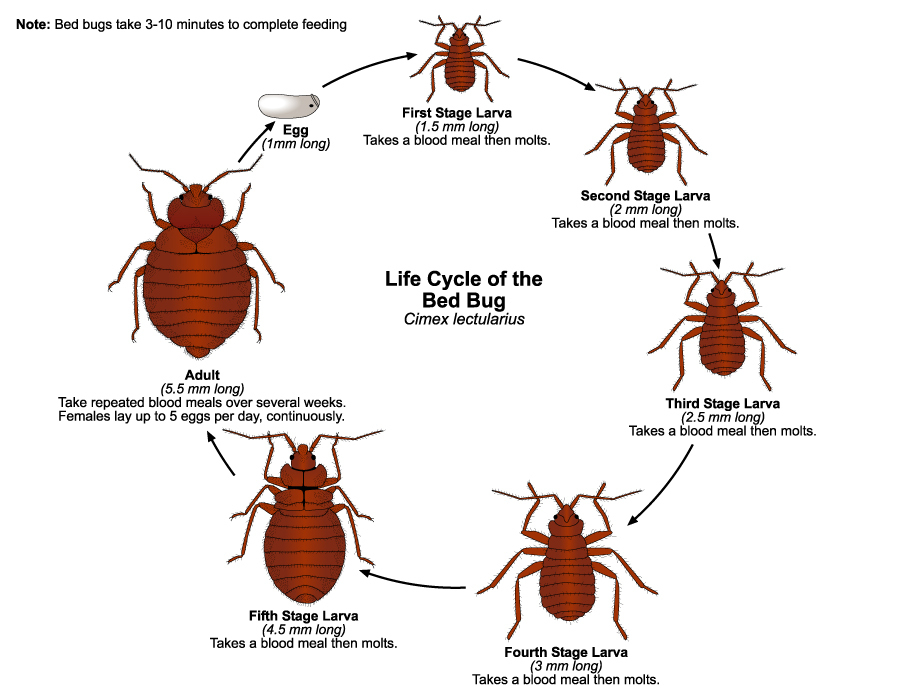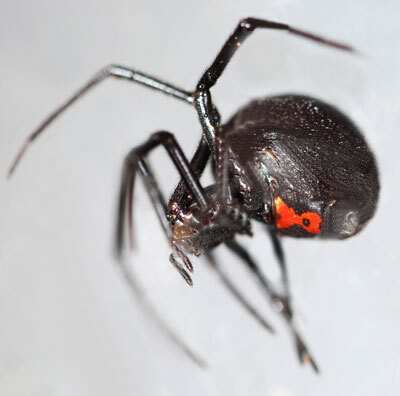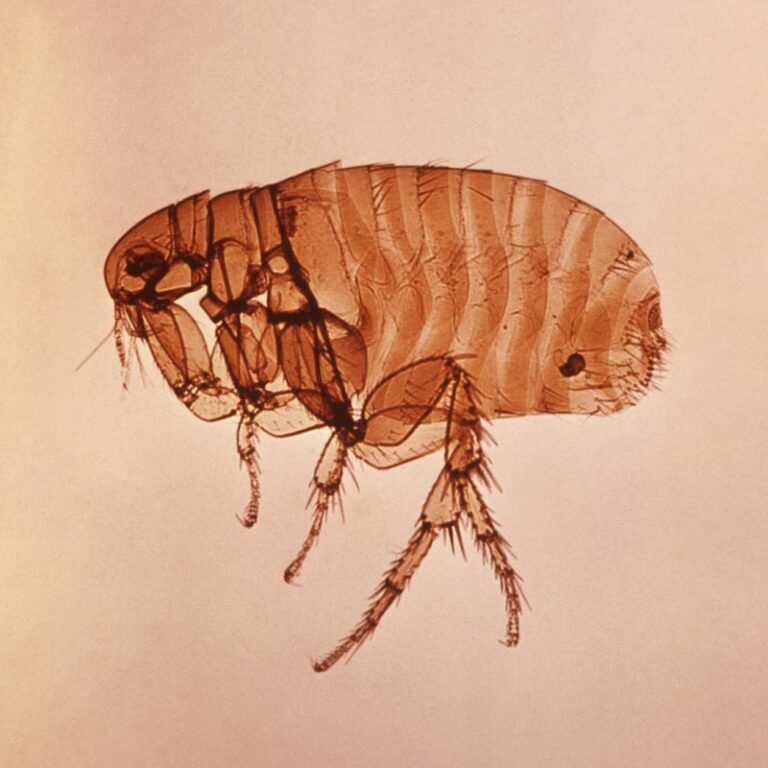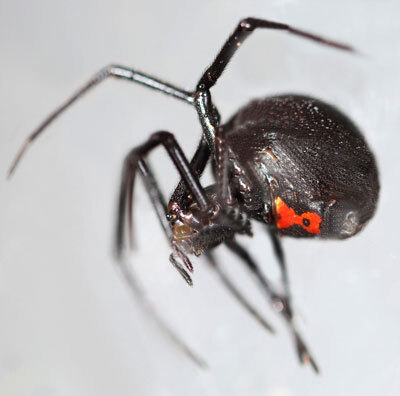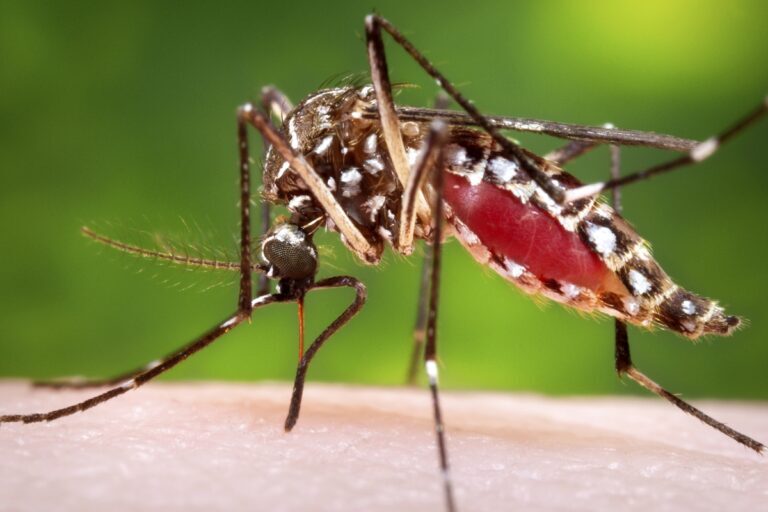Managing Bed Bugs: Tips for Elimination and Prevention
Introduction
What are bed bugs?
Bed bugs are small, wingless insects that feed on the blood of humans and animals. They are commonly found in homes, hotels, and other places where people sleep or rest. Bed bugs are nocturnal creatures, meaning they are most active at night. They can hide in cracks and crevices, making them difficult to detect and eliminate. Infestations can occur quickly, as bed bugs can reproduce rapidly. It is important to take immediate action to prevent and eliminate bed bugs to avoid further infestation and potential health risks.
Why are bed bugs a problem?
Bed bugs are a common problem that many people face in their homes and other living spaces. These tiny insects are notorious for their ability to infest mattresses, furniture, and other household items, making them difficult to eliminate. Not only do bed bugs cause physical discomfort with their bites, but they can also have a significant impact on mental health, causing anxiety and stress. Furthermore, their presence can lead to social stigma and embarrassment. Therefore, it is crucial to understand why bed bugs are a problem and take necessary steps to eliminate and prevent their infestation.
The importance of managing bed bugs
Bed bugs are not only a nuisance, but they can also pose serious health risks. It is crucial to understand the importance of managing bed bugs to prevent infestations and protect the well-being of individuals. Effective management strategies include regular inspections, proper sanitation practices, and prompt treatment of infested areas. By taking proactive measures, such as sealing cracks and crevices, using mattress encasements, and washing bedding regularly, individuals can significantly reduce the risk of bed bug infestations. Moreover, educating oneself and others about the signs of bed bugs and their prevention methods can help create a community-wide effort to combat these pests. The importance of managing bed bugs cannot be overstated, as it ensures a safe and comfortable living environment for everyone.
Identifying Bed Bugs
Physical appearance of bed bugs
Bed bugs are small, oval-shaped insects that are typically brown or reddish-brown in color. They have flat bodies, which allow them to easily hide in cracks and crevices. Adult bed bugs are about the size of an apple seed, while nymphs (young bed bugs) are smaller and lighter in color. Bed bugs have six legs and antennae, which they use to navigate their surroundings. Although they do not have wings, bed bugs are capable of crawling quickly across surfaces. Their physical appearance makes them adept at hiding in mattresses, furniture, and other household items, making them difficult to detect and eliminate.
Signs of a bed bug infestation
Bed bug infestations can be a major nuisance and cause significant distress. Recognizing the signs of a bed bug infestation is crucial in order to take prompt action and prevent the problem from escalating. One of the most common signs is the presence of small, reddish-brown stains on bedding or furniture, which are caused by bed bug excrement. Another telltale sign is the appearance of tiny, dark spots or smears on walls, mattresses, or other surfaces, which are the result of bed bug droppings. Additionally, you may notice a sweet, musty odor in the infested area. It is important to be vigilant and inspect your living spaces regularly for these signs, as early detection can help in effectively eliminating bed bugs and minimizing their impact on your home and well-being.
Common hiding spots for bed bugs
Bed bugs are notorious for their ability to hide in various places, making it challenging to eliminate them. Common hiding spots for bed bugs include mattresses, box springs, bed frames, headboards, and cracks in walls or furniture. These pests can also be found in upholstered furniture, curtains, carpet edges, electrical outlets, and even behind picture frames. It is important to thoroughly inspect these areas when dealing with a bed bug infestation and take appropriate measures to eliminate them.
Preventing Bed Bug Infestations
Inspecting hotel rooms and accommodations
When inspecting hotel rooms and accommodations for bed bugs, it is important to be thorough and systematic. Start by checking the bedding, including the mattress, sheets, and pillows, for any signs of infestation such as live bugs, eggs, or dark spots. Pay close attention to the seams, tufts, and folds of the mattress as bed bugs often hide in these areas. Additionally, inspect the furniture, including chairs, sofas, and nightstands, as well as the walls, baseboards, and electrical outlets. Look for any signs of bed bugs, such as shed skins or small blood stains. It is also recommended to use a flashlight and magnifying glass to aid in the inspection process. If any evidence of bed bugs is found, it is important to notify the hotel staff immediately and request a room change or a refund. By being vigilant and proactive in inspecting hotel rooms and accommodations, you can help prevent the spread of bed bugs and ensure a comfortable and pest-free stay.
Tips for preventing bed bugs while traveling
When it comes to preventing bed bugs while traveling, there are several key tips to keep in mind. First, it is important to inspect your hotel room thoroughly upon arrival. Check the mattress, headboard, and furniture for any signs of bed bugs, such as blood stains or tiny black spots. If you notice any signs, request a different room immediately. Additionally, it is advisable to keep your luggage off the floor and instead place it on a luggage rack or in the bathroom. This reduces the chances of bed bugs hitching a ride on your belongings. Another helpful tip is to wash and dry your clothes on high heat as soon as you return home from your trip. This will kill any potential bed bugs that may have made their way into your luggage. By following these simple precautions, you can greatly reduce the risk of bringing bed bugs home with you from your travels.
Protecting your home from bed bugs
Bed bugs can be a nuisance and a major headache if they infest your home. However, with the right precautions and preventive measures, you can protect your home from these pesky pests. One of the most important steps is to regularly inspect your living space for any signs of bed bugs, such as dark spots on the mattress or furniture, shed skins, or a musty odor. Additionally, it is essential to keep your home clean and clutter-free, as bed bugs thrive in cluttered environments. Vacuuming regularly, washing bedding and linens in hot water, and using mattress encasements can also help in preventing bed bug infestations. Lastly, if you have recently traveled or stayed in a hotel, make sure to inspect your luggage and clothing before bringing them into your home. By following these simple yet effective tips, you can safeguard your home and ensure a bed bug-free environment.
Getting Rid of Bed Bugs
Professional extermination services
Professional extermination services are an effective and efficient solution for managing bed bugs. These services are provided by trained professionals who have the knowledge and expertise to identify and eliminate bed bug infestations. They use specialized equipment and techniques to target and eradicate bed bugs from all areas of a home or business. Professional extermination services not only eliminate existing bed bugs but also help prevent future infestations by providing guidance on preventive measures and regular inspections. By opting for professional extermination services, individuals can ensure a thorough and long-lasting solution to their bed bug problem.
DIY bed bug treatment options
When it comes to DIY bed bug treatment options, there are several methods that can be effective in eliminating and preventing these pesky pests. One popular option is using heat treatment, which involves raising the temperature in infested areas to a level that is lethal to bed bugs. Another method is vacuuming, which can help remove bed bugs and their eggs from mattresses, furniture, and carpets. Additionally, steam treatment can be used to kill bed bugs by exposing them to high temperatures. It is important to note that while these DIY treatments can be effective, they may not completely eliminate all bed bugs, and professional assistance may be necessary for severe infestations.
Steps to take when treating bed bugs
When treating bed bugs, it is important to follow a series of steps to effectively eliminate and prevent their infestation. The first step is to thoroughly inspect the affected area, including mattresses, furniture, and cracks and crevices where bed bugs may hide. Once the infestation is confirmed, it is crucial to remove all clutter and vacuum the area to remove any bed bugs and their eggs. Afterward, washing and drying all infested bedding, clothing, and linens on high heat is recommended to kill any remaining bed bugs. Additionally, using a mattress encasement can help prevent bed bugs from infesting the mattress. Finally, it is essential to apply an appropriate insecticide treatment to all infested areas, following the instructions carefully. By following these steps diligently, you can effectively treat bed bugs and minimize the risk of reinfestation.
Dealing with Bed Bug Bites
Identifying bed bug bites
Identifying bed bug bites can be a crucial step in managing a bed bug infestation. Bed bug bites are often itchy, red welts that may appear in a line or cluster on the skin. They can be similar in appearance to mosquito bites or other insect bites, making it important to properly identify them. One key characteristic of bed bug bites is that they often occur on areas of the body that are exposed while sleeping, such as the arms, legs, and neck. It is also common for bed bug bites to be accompanied by small blood stains on bedding or tiny dark spots on the mattress, which are signs of bed bug activity. By being able to accurately identify bed bug bites, individuals can take the necessary steps to eliminate these pests and prevent future infestations.
Treating bed bug bites
Treating bed bug bites is an important step in managing an infestation. Bed bug bites can cause itching, redness, and discomfort. To alleviate these symptoms, it is recommended to wash the affected area with soap and water and apply a soothing cream or ointment. Over-the-counter antihistamines can also help reduce itching. However, it is important to note that treating the bites alone will not eliminate the bed bug problem. It is crucial to address the infestation by hiring a professional pest control service to ensure complete eradication of the pests.
Preventing infection and allergic reactions
Preventing infection and allergic reactions is crucial when dealing with bed bugs. These pests are not only a nuisance but can also pose health risks. To prevent infection, it is important to keep the affected area clean and sanitized. Regularly washing bedding, vacuuming the mattress, and using mattress encasements can help eliminate bed bugs and reduce the risk of infection. Additionally, individuals with allergies should take extra precautions by using hypoallergenic bedding and regularly cleaning their living spaces. By following these prevention measures, individuals can effectively manage bed bugs and minimize the chances of infection and allergic reactions.
Educating Others
Sharing information with family and friends
When it comes to dealing with bed bugs, it’s important to share information with your family and friends. By informing them about the signs of an infestation and the necessary steps to eliminate and prevent bed bugs, you can help protect their homes as well. Encourage them to regularly inspect their mattresses, furniture, and clothing for any signs of bed bugs, such as blood stains or dark spots. Additionally, advise them to avoid bringing used furniture or clothing into their homes without proper inspection. By sharing this information, you can create a network of support and awareness, ensuring that everyone is equipped to combat bed bugs effectively.
Raising awareness in the community
Raising awareness in the community is crucial when it comes to managing bed bugs. By educating the public about the signs, risks, and prevention methods, we can empower individuals to take proactive measures in their homes and communities. Hosting informational sessions, distributing brochures, and engaging with local organizations can help spread knowledge and encourage open conversations about bed bug infestations. By working together, we can create a community that is well-informed and equipped to effectively eliminate and prevent bed bug problems.
Promoting bed bug prevention in public spaces
Promoting bed bug prevention in public spaces is crucial to ensure the well-being and comfort of individuals. By implementing effective strategies, such as regular inspections, education programs, and proper maintenance, public spaces can minimize the risk of bed bug infestations. Regular inspections by trained professionals can help identify any signs of bed bugs early on, allowing for prompt action to be taken. Additionally, educating the public about bed bug prevention measures, such as proper hygiene practices and avoiding second-hand furniture, can empower individuals to protect themselves and prevent the spread of these pests. Furthermore, maintaining cleanliness and hygiene in public spaces, including regular cleaning and disinfection of furniture and bedding, can significantly reduce the likelihood of bed bug infestations. By prioritizing bed bug prevention in public spaces, communities can create safer and more comfortable environments for everyone.

